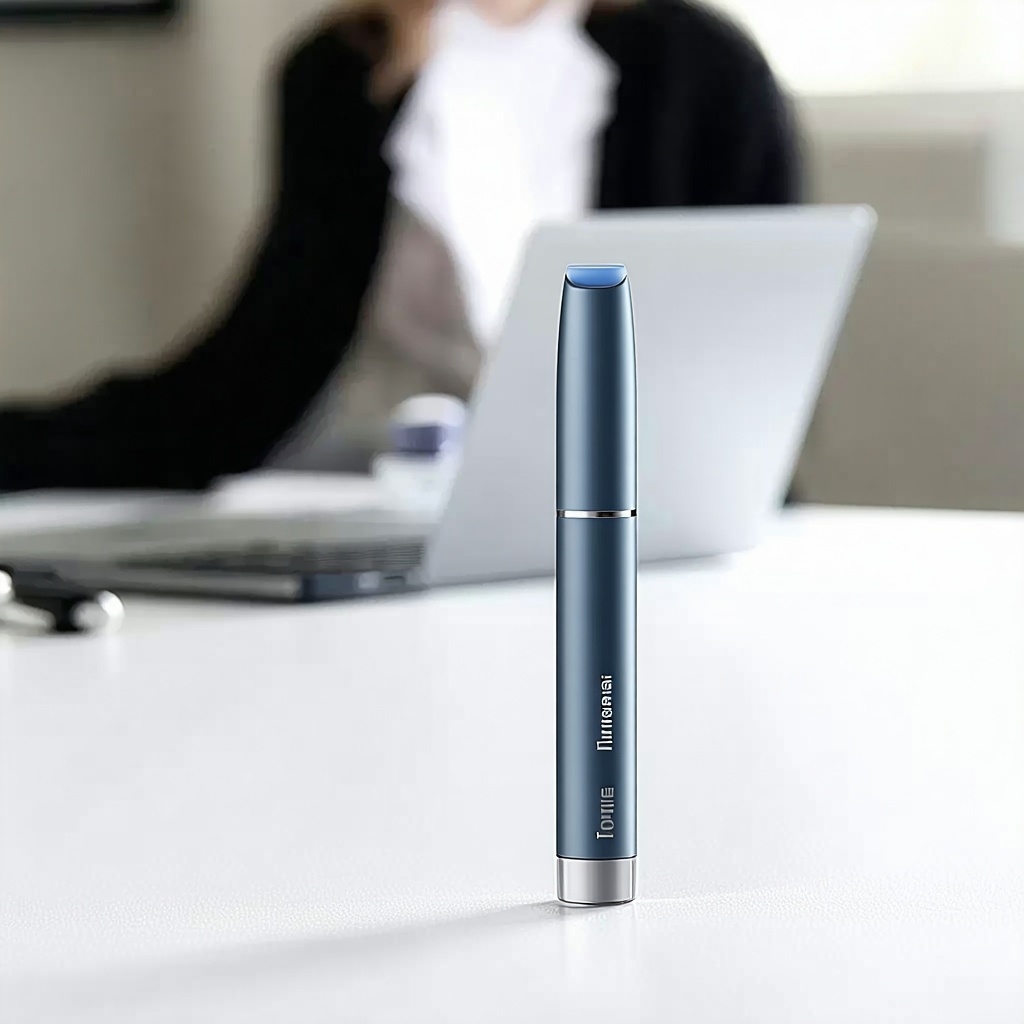Living with diabetes means mastering a delicate balance—especially when it comes to managing blood...
Blog
Comparing Multiple Daily Insulin Injections to Automated Insulin Delivery: How does Luna Break the Binary?

For people with diabetes who are insulin-dependent, insulin therapy is a non-negotiable part of life. However, the approach to insulin delivery isn’t one-size-fits-all. Each person with diabetes is unique, as are their care regimens. While multiple daily injections (MDI) and automated insulin delivery (AID) systems represent two of the most common methods for managing diabetes, choosing the right approach depends entirely on your lifestyle, preferences, and health needs. This blog will explore the differences between these two methods, highlight their unique benefits, and provide guidance that may help you decide which system best fits you. Plus, we’ll introduce an emerging solution that aims to balance the benefits of these two approaches and provides an alternative to the otherwise binary choice between MDI and AID.
Understanding MDI and AID Systems
What is MDI?
Multiple Daily Insulin Injection therapy (MDI) involves using insulin pens to administer both long-acting (basal) and short-acting (bolus) insulin throughout the day. Typically, MDI involves at least four injections per day. This method allows individuals to manually adjust doses based on their needs, meal intake, and activity levels. People like pens because they are convenient, aren't tethered to any device, and it is easy to learn.
What is AID?
Automated Insulin Delivery (AID), also known as a closed-loop or "artificial pancreas" system, combines an insulin pump with a continuous glucose monitor (CGM). Using algorithms and real-time data from the CGM, the system adjusts insulin delivery automatically, aiming to keep blood sugars within a target range without needing user input.
Benefits of MDI vs. AID
Why MDI May Be Right for You
SimplicityOne of the most compelling advantages of MDI is its simplicity. Insulin pens are easy to use, lightweight, and require little training. Injections are perfect for those who prefer a hands-on approach to their diabetes management.
Discretion and PortabilityWith MDI, there are no external devices to attach to your body, making it ideal for individuals who may desire more discretion or who travel or exercise frequently.
ConvenienceInsulin pens offer a tried-and-tested solution, which allows flexibility in meal timing and daily routines without the need for advanced technology.
Why AID Might Be Right for You
AutomationAID systems reduce the burden of manual decision-making involved in diabetes management. They reduce the mental strain of constant calculations by continuously monitoring glucose levels and adjusting insulin delivery.
Nighttime Glucose ControlAID systems excel in minimizing hypoglycemia (low blood sugar) during sleep. Better nighttime control leads to improved HbA1c levels and better overall health outcomes for many users. MDI users may struggle with maintaining a safe overnight glucose level without the assistance of automatic insulin adjustments.
Did you know? Over 80% of the improvement in glucose that an AID system delivers happens at night. (2020, Kovatchev, Boris P., et al).
Data Tracking and InsightsInsulin pumps and CGMs capture valuable data about glucose trends, insulin doses, and activity levels, which can be shared with your healthcare provider for enhanced care planning. Providers are often able to access your health data remotely, which allows for therapy adjustments as needed in between visits.
Personalized CareThe ability to fine-tune insulin doses throughout the day means AID systems can provide a level of precision unmatched by manual injection systems.
Choosing the Right System for You
When deciding between MDI and AID, your lifestyle, insurance, and comfort with technology play pivotal roles. Here are some questions to ask yourself when choosing a method for your diabetes management:
- Do you prefer a minimalist approach? If carrying an insulin pen in your pocket fits your lifestyle better than wearing a pump, MDI might be your ideal choice.
- Are you tech-savvy? Those who enjoy working with advanced technologies may find AID systems rewarding and valuable.
- What is your insurance coverage? MDI is generally more affordable, whereas AID systems require a significant investment, including costs for the pump, CGM, and ongoing supplies.
- Do you want less manual management? If you want to reduce the mental strain of constantly managing your diabetes, AID’s automation can be life-changing.
At the moment, over 90% of people who take insulin use pens - so clearly they are meeting the needs of a lot of people!
Remember, there’s no “right” or “wrong” choice. Diabetes management is deeply personal, and the best system is the one that fits your unique needs.
Introducing a Third Way with Luna
At Luna, we recognize that the existing options—a binary choice between MDI and AID—don’t always meet everyone’s care needs. That’s why we’re working to bridge the gap.
Luna is an innovative system that uses a connected CGM, our own algorithm, and the world’s smallest insulin delivery system to provide automation benefits for individuals who prefer MDI. Imagine enjoying nearly all of the benefits of an insulin pump without committing to being tethered to an insulin pump 24/7.
Our mission: To empower millions using insulin pens to manage their diabetes effortlessly, starting with sleep.
Because everyone deserves better, regardless of their preferred method of insulin delivery.
Stay tuned as we work toward empowering you to manage your diabetes the way that works best for you.



